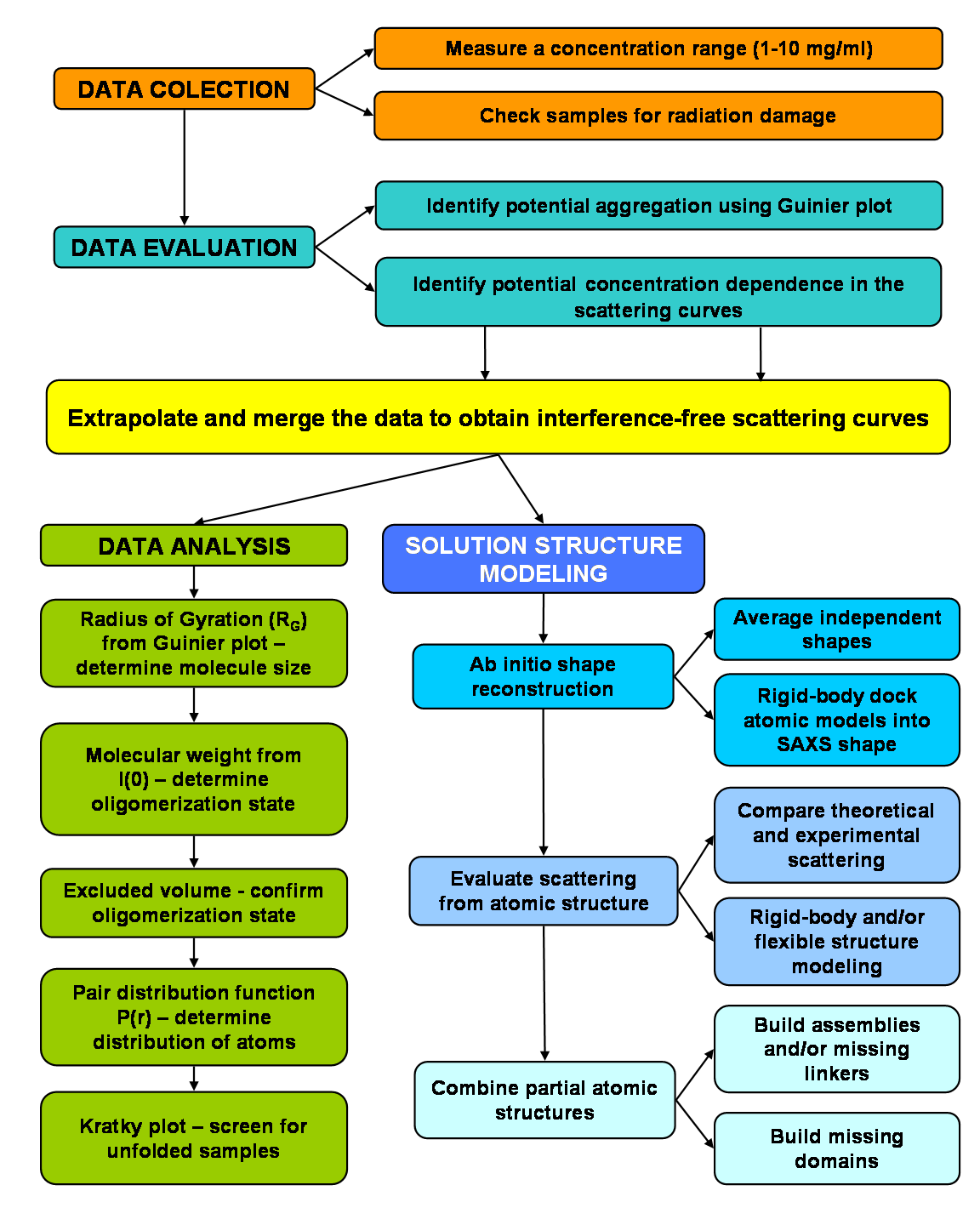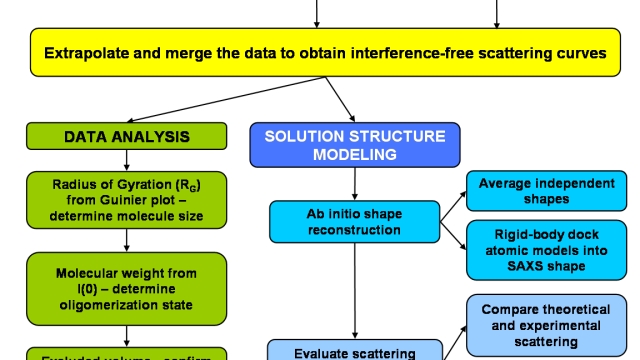
In today’s fast-paced and information-driven world, research and data analysis have become indispensable tools for unraveling insights and unlocking new knowledge. Whether it’s for academic purposes, business strategies, or even personal interests, the art of research and data analysis holds the key to uncovering valuable information and making informed decisions.
Research, at its core, is an exploratory journey filled with curiosity and purpose. It involves a systematic investigation into a specific topic or question, utilizing various methods and techniques to gather and analyze relevant data. The aim is to gain a deeper understanding, challenge assumptions, and contribute to the existing knowledge base. With research, we embark on a quest to unravel the mysteries, broaden perspectives, and generate valuable insights that can make a real impact.
Data analysis, on the other hand, acts as the compass, guiding us through the vast sea of information that research uncovers. It is the process of examining, interpreting, and drawing meaningful conclusions from the collected data. Through various statistical methods and analytical tools, data analysis allows us to uncover patterns, trends, and correlations within the data, ultimately revealing valuable insights and actionable information. It is through this careful examination that we can translate raw data into meaningful knowledge that can be utilized in various fields and industries.
Research and data analysis go hand in hand, like two sides of the same coin. Without research, data would be a mere collection of numbers and figures, lacking context and purpose. Without data analysis, research would be a journey without a destination, leaving discoveries unexplored and valuable insights hidden. Together, they form a powerful duo, enabling us to make informed decisions, drive innovation, and push the boundaries of knowledge.
In the upcoming sections, we will delve deeper into the art of research and data analysis, exploring various methodologies, techniques, and best practices. We will uncover the secrets behind successful research and data analysis, as well as the challenges that often accompany these processes. So, without further ado, let us embark on this enlightening journey and unravel the magic of research and data analysis.
Understanding Research Methodology
Research methodology plays a crucial role in the process of uncovering insights through data analysis. It provides a systematic framework for conducting scientific investigations and obtaining reliable results. A well-defined research methodology ensures that the data collected is valid and can be used to draw meaningful conclusions.
In any research project, the first step is to clearly define the research objectives. This involves determining the specific questions that need to be answered or the problem that needs to be solved. Once the objectives are defined, researchers can then design an appropriate methodology to gather relevant data.
Next, researchers select the most suitable research design for their study. This may involve choosing between experimental or observational research methods, depending on the nature of the research question. The selected research design helps guide the sampling process, data collection methods, and the overall analysis plan.
Data collection is a crucial aspect of research methodology. It involves gathering relevant data from various sources such as surveys, interviews, observations, or existing datasets. Researchers must ensure that the data collected is reliable, accurate, and representative of the population or phenomenon under study.
To analyze the collected data, researchers employ various statistical and analytical techniques. This includes organizing, cleaning, and transforming the data, as well as applying appropriate statistical tests or modeling techniques. The analysis process aims to uncover patterns, relationships, or trends within the data, which can then be used to answer the research questions or support certain hypotheses.
In conclusion, understanding research methodology is essential for conducting reliable and valid research. It provides a structured approach to collecting and analyzing data, ensuring that insights obtained are credible and can be applied in practical contexts. Researchers must carefully define their objectives, select appropriate research designs, collect reliable data, and employ rigorous analysis techniques to unveil meaningful insights through research and data analysis.
Exploring Data Collection Techniques
Data collection techniques play a crucial role in research and data analysis. The process of gathering data is a foundational step that enables researchers to derive meaningful insights and draw valid conclusions. In this section, we will delve into three commonly used data collection techniques.
Surveys: Surveys are a popular method for collecting data from a large number of individuals. Through carefully designed questionnaires, researchers can collect structured information about attitudes, opinions, preferences, and experiences. Surveys can be conducted in various formats, such as online, telephone, or face-to-face, providing flexibility in reaching different demographics.
Interviews: Interviews involve conducting one-on-one conversations with individuals or groups to obtain in-depth qualitative data. This technique allows researchers to explore complex topics, understand personal perspectives, and gather rich insights. Interviews can be structured (follow a predefined set of questions), semi-structured (combining predefined questions with open-ended ones), or unstructured (allowing free-flowing conversations).
Observations: Observational studies involve carefully observing and recording behavior, events, or phenomena in their natural settings. Researchers closely observe participants, their interactions, and the environment to gain detailed qualitative or quantitative data. Observations can be conducted in real-time or through video recordings, ensuring accuracy and detailed analysis.
By employing these data collection techniques, researchers can generate valuable information that is essential for conducting comprehensive analysis and drawing meaningful conclusions. The choice of technique depends on the research objectives, type of data required, available resources, and the nature of the research participants or subjects.
Buy A Custom Research Paper
(Note: In the article, the section titles should be formatted as ### Exploring Data Collection Techniques, without the "this is the section 2 of 3 sections" statement.)
Analyzing and Interpreting Data
In the realm of research and data analysis, analyzing and interpreting the gathered information is a crucial step towards extracting meaningful insights. This process involves examining the data closely and drawing conclusions based on patterns, trends, and relationships that emerge.
One approach to analyzing data is through descriptive statistics. This involves calculating measures of central tendency, such as the mean, median, and mode, which provide a summary of the data’s distribution. By understanding the average, middle, and most common value, researchers can get a sense of the dataset’s overall characteristics.
Another important aspect of data analysis is exploring relationships between variables. Researchers employ techniques like correlation analysis to determine the strength and direction of associations between different factors. This helps in identifying potential causal relationships and understanding the underlying dynamics within the data.
Moreover, data visualization plays a significant role in interpreting findings effectively. Visual representations, such as charts, graphs, and diagrams, can simplify complex datasets and make patterns more apparent. This visual approach aids in communicating results to a wider audience, allowing for easier comprehension and engagement.
To conclude, analyzing and interpreting data lies at the heart of research and data analysis. Through techniques like descriptive statistics, exploring relationships, and data visualization, researchers can uncover valuable insights and contribute to advancing knowledge within their respective fields.
